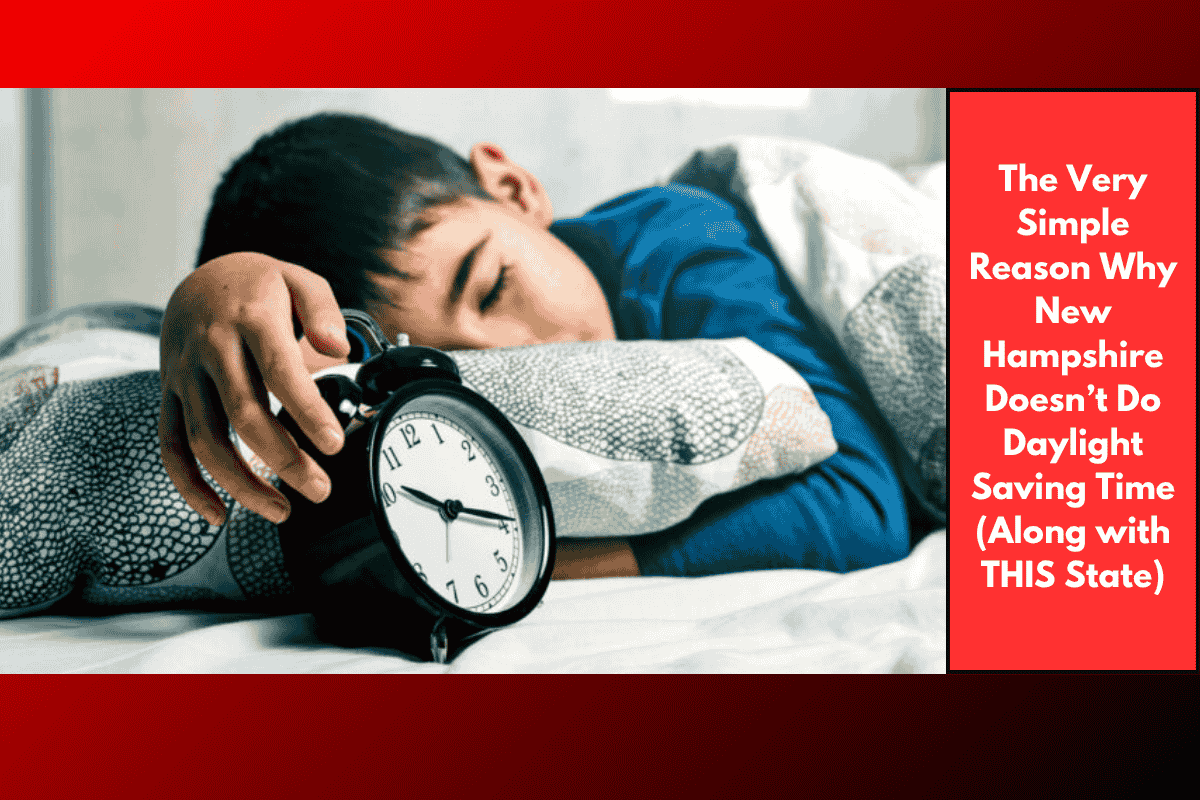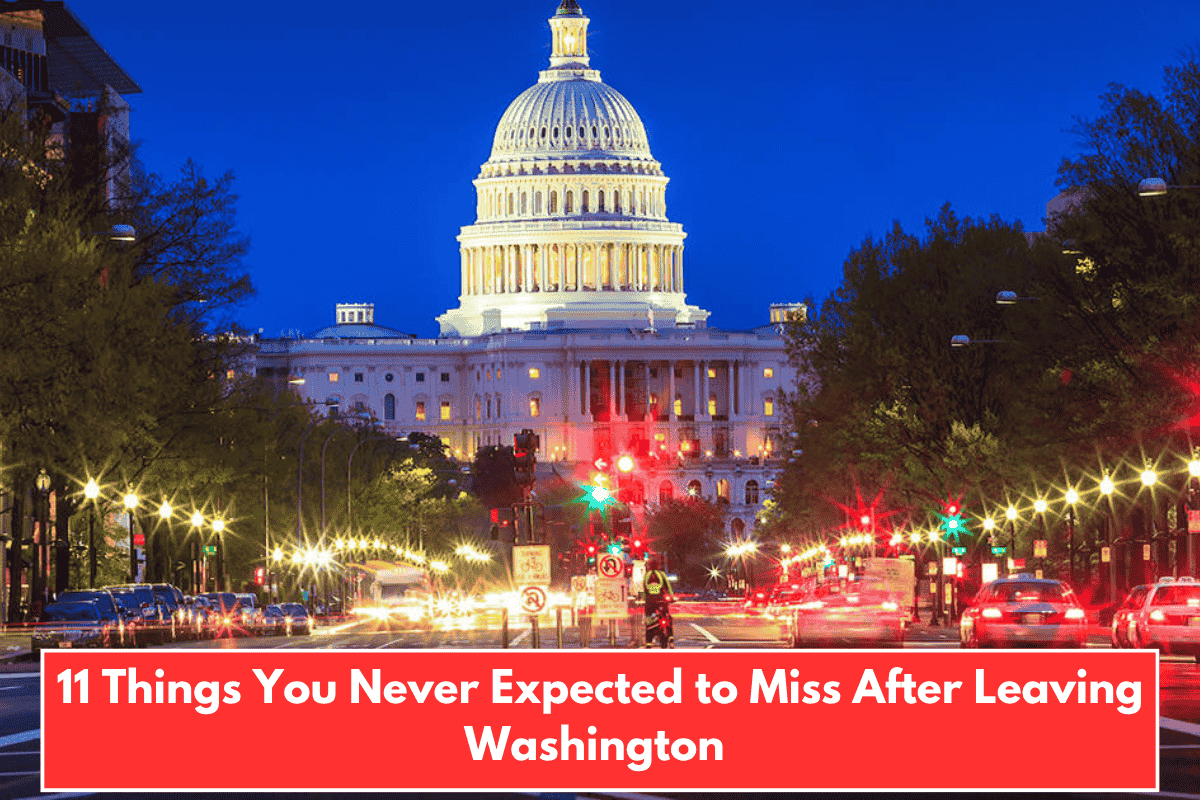Most of us are used to changing our clocks twice a year—once in spring and once in fall—for Daylight Saving Time (DST). But did you know that not every state in the U.S. follows this rule? New Hampshire is one of the states that has debated dropping Daylight Saving altogether. While it hasn’t officially stopped DST yet, there’s a very clear reason why it wants to—and one other U.S. state already doesn’t follow it at all.
Let’s break down what’s happening and why these states are choosing to keep their clocks steady.
What Is Daylight Saving Time?
Daylight Saving Time is when we move our clocks forward by one hour in the spring (“spring forward”) and back again in the fall (“fall back”). The idea is to have more daylight in the evenings during summer. It was first introduced to save energy, but many people today argue that it no longer serves much purpose.
New Hampshire’s Problem With Daylight Saving
New Hampshire lawmakers and residents have raised concerns about how DST affects people’s health and daily routines. Many say that changing the clock twice a year disrupts sleep, lowers productivity, and even increases car accidents right after the time shift. Some people even feel more tired and stressed for days after the switch.
Because of this, New Hampshire has considered staying on Atlantic Standard Time year-round, meaning it would skip the clock changes completely. However, there’s a catch: they want to do it only if other nearby states (like Massachusetts and Maine) also agree. That way, the whole region stays in sync.
So Which State Already Skips Daylight Saving Time?
Arizona is the state that does not observe Daylight Saving Time at all. That’s right—if you go to Arizona, your clock stays the same all year. The only exception is the Navajo Nation, which does follow DST within Arizona.
Arizona made the decision back in 1968. Why? Because adding extra daylight in the evening actually made it hotter for longer, increasing air conditioner use and energy bills—exactly the opposite of what DST was supposed to help with.
What About Other States?
Hawaii also doesn’t follow Daylight Saving Time, mostly because it’s closer to the equator and doesn’t see much difference in daylight between seasons. And many other states across the U.S.—including Florida, California, and Texas—have talked about ditching DST too.
However, federal law currently requires states to get approval from Congress to make DST permanent or to drop it completely. That’s why New Hampshire and others haven’t been able to make the change yet.
The reason New Hampshire wants to stop using Daylight Saving Time is simple: it causes more problems than benefits. People are tired of adjusting their clocks and dealing with the side effects. While the state hasn’t officially made the switch, the growing support is clear. Arizona has already proved that life without DST works just fine. Maybe it’s just a matter of time before more states follow.
SOURCES
[1] https://www.usatoday.com/story/news/nation/2025/08/04/when-daylight-saving-time-2025/85482583007/
[2] https://economictimes.com/news/international/us/when-daylight-saving-time-2025-fall-back-date-end-states-observe-what-reason-us-states-territories-do-not-follow-how-to-prepare/articleshow/123099184.cms
[3] https://en.wikipedia.org/wiki/Daylight_saving_time_in_the_United_States
[4] https://ddnews.gov.in/en/why-does-trump-want-to-end-us-daylight-saving-time/
[5] https://thehill.com/homenews/nexstar_media_wire/5149485-daylight-saving-time-2025-these-states-are-trying-to-lock-the-clocks/














